Nipping seeds in the bud is a key aspect of growing hemp — particularly hemp for cannabinoid oil production and smokable, boutique hemp. Preventing seed formation not only concentrates hemp plants’ energy into cannabinoid and resin production, but also avoids post-production headaches and ensures consumer satisfaction.
A Spanish term was co-opted by the high-THC cannabis (marijuana) industry decades ago to describe connoisseur-grade cannabis. The word “sensimilla” means “without seeds” or “seedless.” And hemp without seeds is exactly what farmers desire in the world of hemp production — whether for CBD, CBG or any other cannabinoid.
As in many other agricultural practices, “males” of the hemp species grown for cannabinoid production aren’t useful for much besides breeding. Mass production for consumption mostly involves leaving males out of the equation. Achieving seedless hemp requires culling all males so they do not pollinate female plants, turning empty, resin-producing calyxes into occupied, profit-killing, seed-bearing sacs of wasted resources and potential.
Three basic methods can be used to identify male (and mutated hermaphrodite) hemp plants. Farmers need to decide which approach(es) fit into their plan for the season — especially when considering the farm’s schedule and budget. (See more on this topic in the recent article: 3 Important Considerations When Choosing CBD Hemp Seed)
1. DNA-based plant sex testing can be done as early as 7 days from germination.
2. Conduct close-up, visual inspection for pre-flowers, visible to naked eye as early as 3 to 4 weeks.
3. Conduct field checks for developed male flowers, visible to field workers around 5 to 7 weeks.

Obtain DNA-based hemp plant sex testing
Companies like Delta Leaf Labs specialize in studying the DNA and genetics of hemp.
One service Delta Leaf Labs provides is mail-in plant sex testing. Phylos tests small amounts in increments of four or offers kits for up to 88 tests at a time, great for getting a head start on the season.
This method, however, is potentially costly, especially when factoring in the labor it will take to collect and mail in the plant samples. For farmers growing acres of hemp at 2,000 to 2,500 plants per acre — or more — the task seems staggering in scope. This is why, for scaled operations, high-quality feminized hemp seed often is the preferred choice. Breeding for small-scale purposes might depend on the accuracy and early-detection DNA-testing option, potentially taking hemp operations up a notch. Let’s not forget, it also means not wasting precious resources and grow space on babying hemp plants only to find out they are males.
Conduct close-up visual inspection for hemp pre-flowers
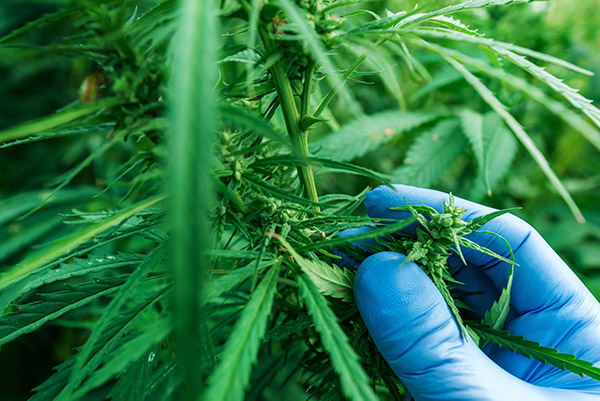
The worry of wasting valuable time, effort and money only to find the spending was in vain — on a male plant — is exactly why cannabis growers have worked so hard for years to develop early-detection methods. Being vigilant about early detection is a good opportunity for farm crews to get intimate with hemp plants while they are still spaced, manageable and at a more “inspectable” size.
Within the first month or so, several nodes from the bottom, small bulbs — referred to as “sacs” — begin to form at the node on the upper outside corner of each side of that branch right where it attaches to the main stalk. Often — but not always — these male pollen sacs will appear slightly before “… the development of bracts (female) that will produce hair-like stigma,” the tell-tale signature of a female plant (1).
The male sacs tend to be more rounded or ball-shaped while their female counterparts often are pear-shaped or even more elongate and wispy. The familiar white hair sticking out from the tip of the female bract will be easily recognizable to anyone who has seen mature, live hemp (or marijuana) flowers growing.
Run field checks for male or hermaphrodite hemp flowers
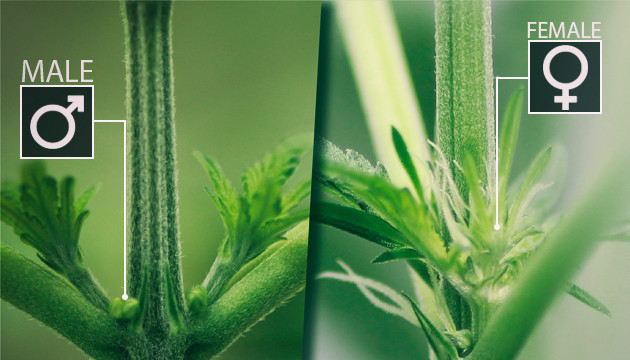
For any hemp farmer growing at scale, the most likely scenario will be inevitable, regular field checks for the occasional male or hermaphrodite plant. There is no guarantee, after all, of 100% rate of female plants when germinating feminized hemp seed. But if you haven’t already heard, letting male flowers mature to the point where those bulbous sacs open to release seed-inducing pollen is a disaster waiting to happen to precious hemp crops.
As the season progresses, constantly scouring a hemp field for males and the ever elusive hermaphrodites will become more pertinent to a successful harvest of “sensimilla” hemp buds. Crews must know the difference between male and female hemp — both the whole-plant structure and flower structure.
Often, male hemp plants are taller and more “leggy” in growth, sticking up awkwardly out of the canopy; female hemp plants tend to bush out with foliar growth. This is a good reason to shoot for a uniform canopy: Oddities are easier to spot. Once budding begins and flowers start to form, the difference becomes even clearer.
Female hemp flowers grow in a tight bud structure, with calyxes packed together to form compact, often long colas. Male hemp flowers, on the other hand, grow in bunches, their pollen sacs structured almost like tiny cherries in hanging proximity to each other.
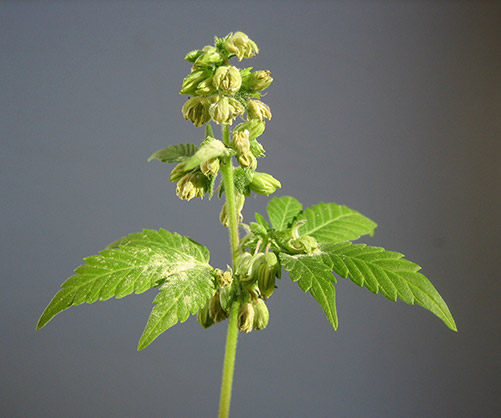
Hermaphrodites are inherently not as easy to spot because they are part female. Beyond unusual plant structure, a key to spotting “herms” in the field is to look for color difference. Leaves of male and female hemp plants of the same species likely will be the same or only slightly different in color, but they do a lot to cover up the lighter-colored, internal stems and stalks while blocking out light gaps. Male hemp plants and hermaphrodites simply don’t have the same foliar coverage and invariably will stand out with lighter greens or gaps that show adjacent bare earth.
Given that male hemp plants display pollen sacs about a week or two before female buds begin to develop (if planted simultaneously), farmers can get a slight head start on a long season of male-hunting.
But, according to Dinafem.org, “The best time to pollinate the female is when the flowers have fully formed stigmas (the little white hairs), as long as possible, usually four or five weeks after the beginning of flowering” (2). This means that until every white hair in a hemp field turns orange or brown and lays down against its female bud, the crop is susceptible to becoming seeded. Whether those seeds have matured by harvest does not matter. A seeded bud is a seeded bud and must be dealt with accordingly.
While each of these methods can be employed on small or large scales, at acreage production levels, it would be wise to maintain constant vigilance against a field’s rogue pollen producers nearly up until harvest. A daily or every-other-day walk by the hemp farmer or crew could save the season. Moreover, breeding familiarity with males and hermaphrodites on daily hunts leads to more adept and efficient identification as farmers’ seasons and careers progress.
Sources:


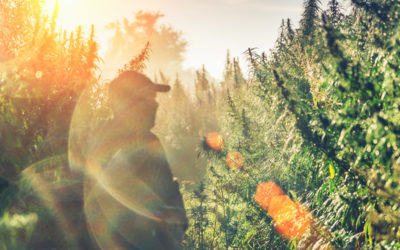
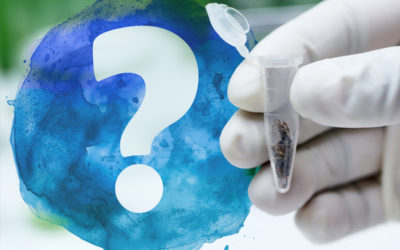
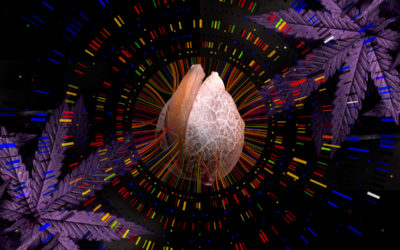
Thanks for sharing information.
We grow and sell your strains, and love the results of both. Keep it up!!
Thank you very much for that great article and info.
I learned so much in a short period of time.
Please send me notices and such. Are you on you tube?
Thanks for sharing useful information. keep sharing!